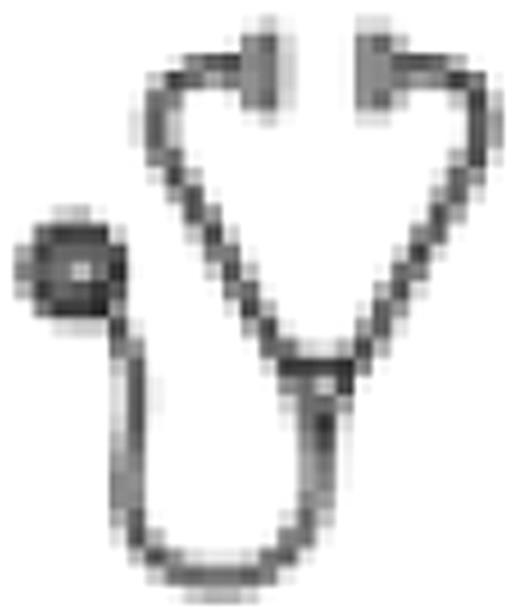Abstract
Abstract 3411
Dose of therapy and time to response may be different in the elderly as compared to younger patients with CML. This has been reported previously for interferon α (Berger et al., Leukemia 2003). For imatinib, contradictory results have been presented (Rosti et al. Haematologica 2007, Guliotta et al. Blood 2009).
An analysis comparing dose-response relationship in patients more or less than 65 years (y) of age is warranted.
We analysed the German CML-Study IV, a randomized 5-arm trial to optimize imatinib therapy by combination, dose escalation and transplantation. Patients older and younger than 65y randomized to imatinib 400 mg (IM400) or 800 mg (IM800) were compared with regard to time to hematologic, cytogenetic and molecular remissions, imatinib dose, adverse events (AEs) and overall survival (OS).
From July 2002 to April 2009, 1311 patients with Ph+ CML in chronic phase were randomized, 623 patients were evaluable, 311 patients for treatment with IM400 and 312 for IM800. 84 (27%) and 66 (21%), respectively, were older than 65 years. All patients were evaluable for hematologic, 578 (140 >65y and 438 <65y) for cytogenetic, and 600 (143 and 457, respectively) for molecular responses. Median age was 70y vs. 49y for IM400 and 69y vs. 46y for IM800. The median dose per day was lower for elderly patients with IM800 (517mg vs. 666mg) and the same with IM400 (400mg each). Patients' characteristics at baseline were evenly distributed in all groups regarding gender, follow-up, hemoglobin, platelet count and spleen size. Leukocyte counts were significantly lower in elderly patients (IM400: 50/nl vs. 78/nl, IM800: 36/nl vs. 94/nl). EURO score was different due to age in elderly patients (low risk: IM400: 11% vs. 43%, IM800: 14% vs. 42%; intermediate risk: IM400: 79% vs. 44% and IM800: 73% and 43%). There was no difference in cytogenetic and molecular analyses between treatment groups. With regard to efficacy, there was no difference for older patients in achieving a complete cytogenetic remission (CCR) and major molecular remission (MMR) if IM400 and IM800 were compared together. If treatment groups were analyzed separately, older patients treated with IM400 reached CCR and MMR statistically significant slower than younger patients (CCR: median 14.2 months vs. 12.1 months, p=0.019; MMR: median 18.7 months vs. 17.5 months, p=0.006). There was no difference with IM800 (CCR: median 7.7 months vs. 8.9 months, MMR: median 9.9 months vs. 10.0 months). 3y-OS for older patients >65y was 94.7% and for patients <65y was 96.1%. Some differences were observed in the safety analyses. 530 patients (IM400: 278, IM800: 252) were evaluated on common toxicity criteria (WHO). Some hematologic AEs were documented slightly more often in the elderly than in the younger patients: for IM400 anemia grade 1–2 (60 vs. 42%) and leukopenia grade 3–4 (5.6 vs. 1.4%) and for IM800 anemia grade 1–4 (64 vs.47% and 7.2 vs. 5.7%) and thrombocytopenia grade 3–4 (9.3 vs. 7.1%). Non hematologic AEs were more prominent in IM800 and were mainly gastrointestinal symptoms (IM400: 33 vs. 31%, IM800: 48 and 44%) and edema (IM400: 28 vs. 29%, IM800: 35 vs. 50%). There was no difference for grade 3/4 non-hematological AEs in older patients in both groups.
Imatinib 400 mg and 800 mg are well tolerated also in the elderly. The IM800 dosage was more tolerability-adapted for the elderly, but there was no difference in reaching a CCR and MMR in contrast to the IM400 where a significantly slower response was detected in the elderly. Whether this difference is clinically relevant has yet to be determined. Updated results will be presented.
Haferlach:MLL Munich Leukemia Laboratory: Employment, Equity Ownership, Research Funding. German CML-Study Group:Deutsche Krebshilfe: Research Funding; Novartis: Research Funding; Roche: Research Funding; BMBF: Research Funding; Essex: Research Funding.

This icon denotes an abstract that is clinically relevant.
Author notes
Asterisk with author names denotes non-ASH members.

This feature is available to Subscribers Only
Sign In or Create an Account Close Modal